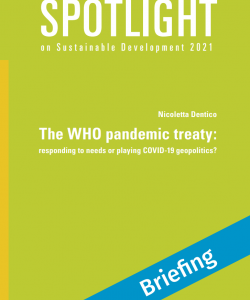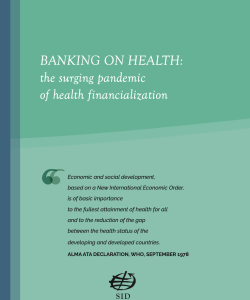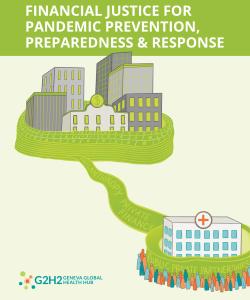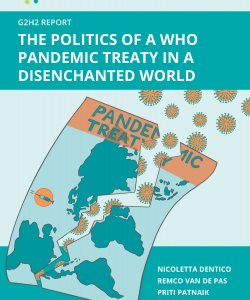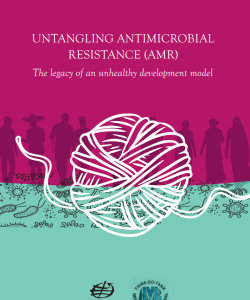The WHO pandemic treaty: responding to needs or playing COVID-19 geopolitics?
By Nicoletta Dentico
The coronavirus (COVID-19) crisis has ignited eagerness in some circles for new binding instruments in the global health arena. This is an unexpected development, in many ways: health policy arrangements are mostly grounded on soft norms, and the World Health Organization (WHO) has adopted binding agreements only twice in its 76 years of history. On several occasions, a clear message of opposition to treaty proposals in past negotiations at the WHO2 had been manifested by those very influential member states that are now spearheading the idea of a binding treaty for pandemic preparedness and response. The emergency scenario triggered by SARS-CoV-2 has apparently healed the treaty fatigue symptoms – particularly after the laborious negotiations on the Framework Convention on Tobacco Control (FCTC)3 – that several multilateral public health actors had maintained was the source of their reluctance to binding norm-setting. The proclaimed intention now is to build a more robust global health architecture that will protect future generations. The recognition is that there will be other pandemics and major health emergencies in the future, which no single government or multilateral agency can tackle alone.

